Revamping Architectural Education: A New Rationale
The book that you hold in your hands is a treasure trove of ideas to set into motion a new generation of learning for architects. As the author is a practitioner of this technology called architecture, he have often felt that globally it is the last field of knowledge that still displays vestiges of a holistic, renaissance attitude of mind. It has not fallen victim to our global love for economic development above all other considerations, and is not always a handmaiden of consumerist culture. Architects are somewhat obsessed with form. Despite this, or inspite of it, the combine and harmonize the field of applied arts with the sciences, the attitudes of engineering optimization with the expression of the visual arts, covering subjects as diverse as chemistry and history!
India is possibly the world's largest future market for private sector architects today. If we do not adapt our archiectural practice, starting with our architectural teaching practices, we run the clear and present danger of becoming extinct in the race for economic development and urbanization which is truly sustainable: resilient, sufficient, and equitable. In reading this little gem of a book the author would urge the reader to look beyond formulae and descriptions, and generatean agenda for reform; beyond just the curriculum and towards transformation. As Indian society struggles to understand its architects, the profession owes a duty to itself to remain relevant to social needs and aspirations to create a nation of our dreams. And the author hopes that the beginning of that agenda can befound in the pages of this book, interpreted by every reader individually.
Contents: 1. Architectural education : an overview. 2. Innovative tools for teaching in architectural education. 3. Collaborative working. 4. Expanding profession. 5. Remodelling the architectural curriculm: living curriculum. 6.Regulatory bodies for architectural education in India. 7. Role of Internship. 8. College to profession. References.
Get it now and save 10%
BECOME A MEMBER

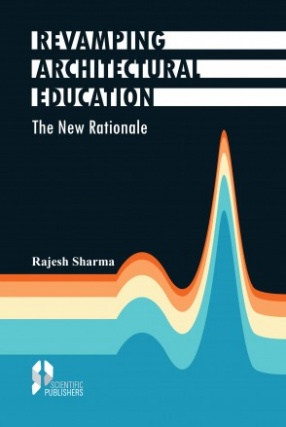

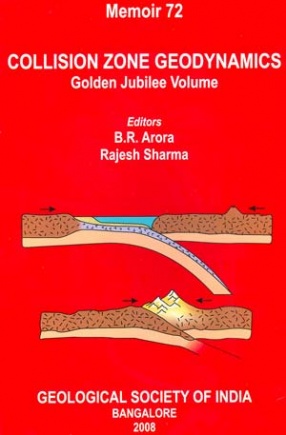
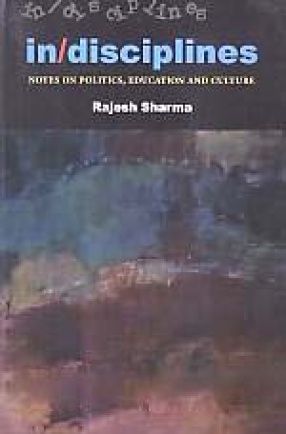
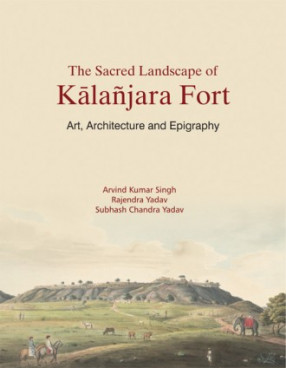
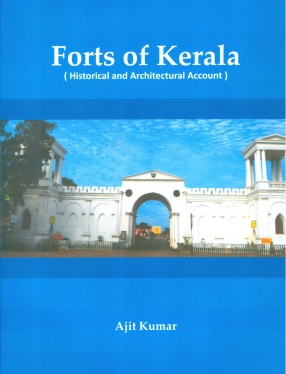
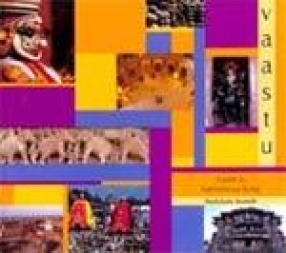
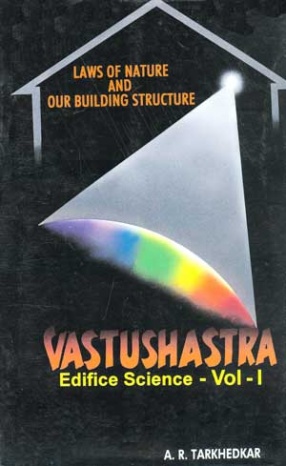

Bibliographic information